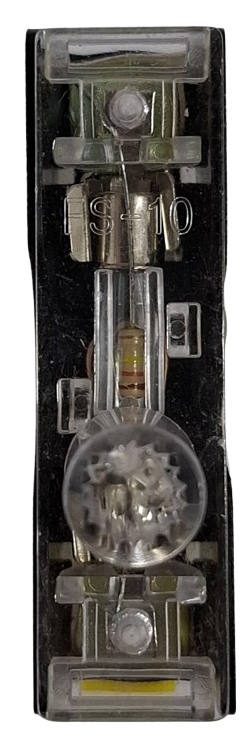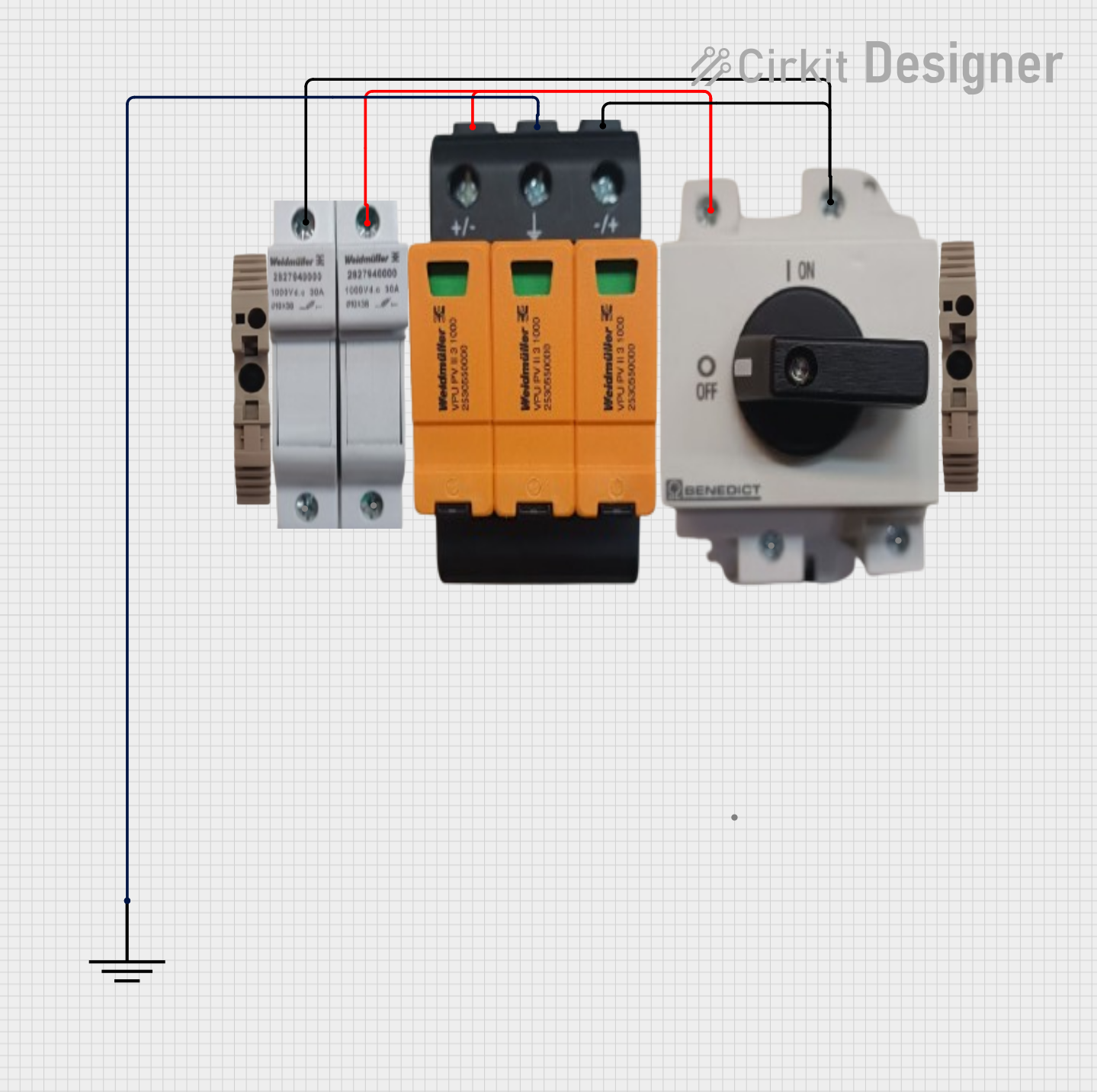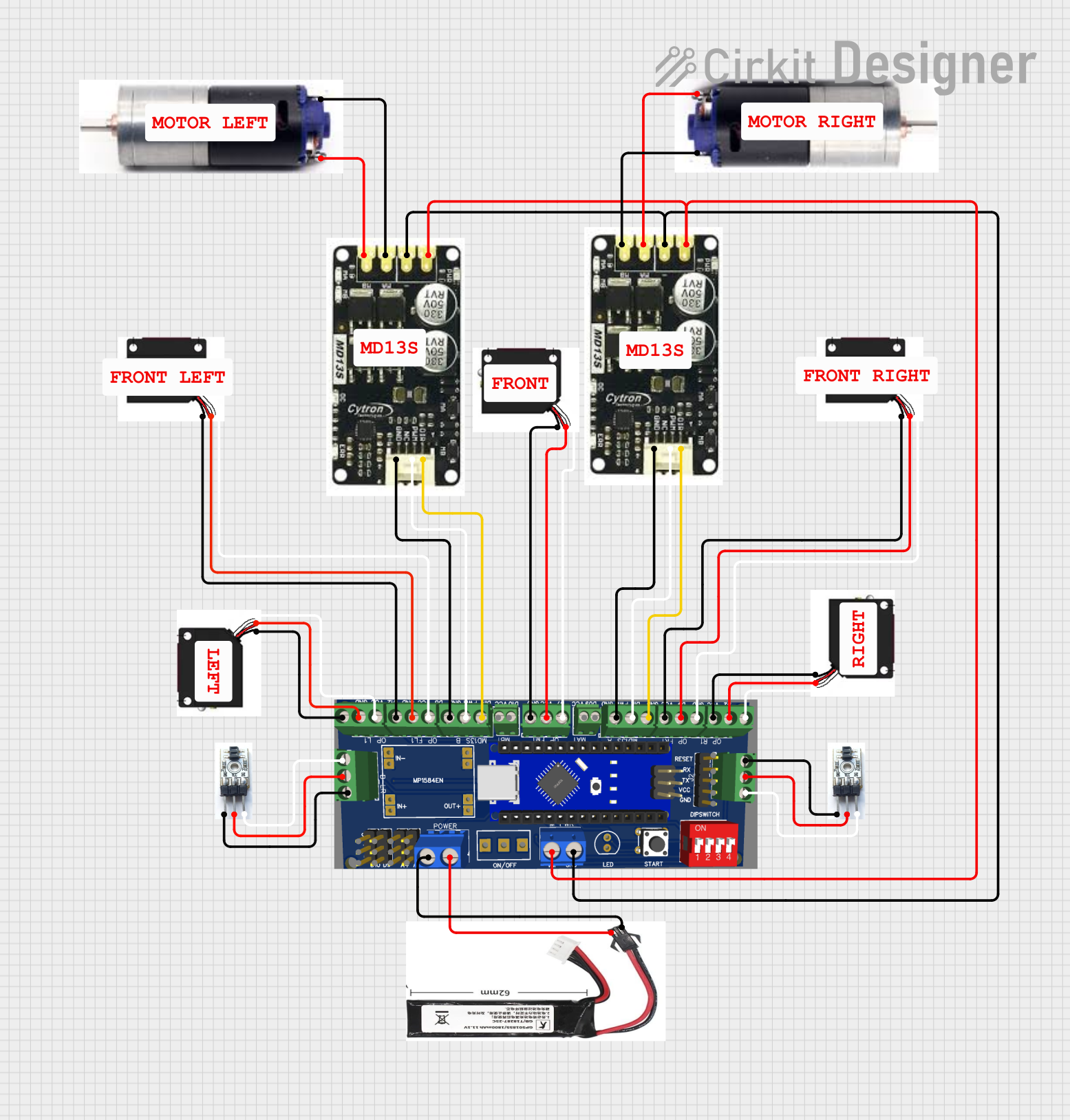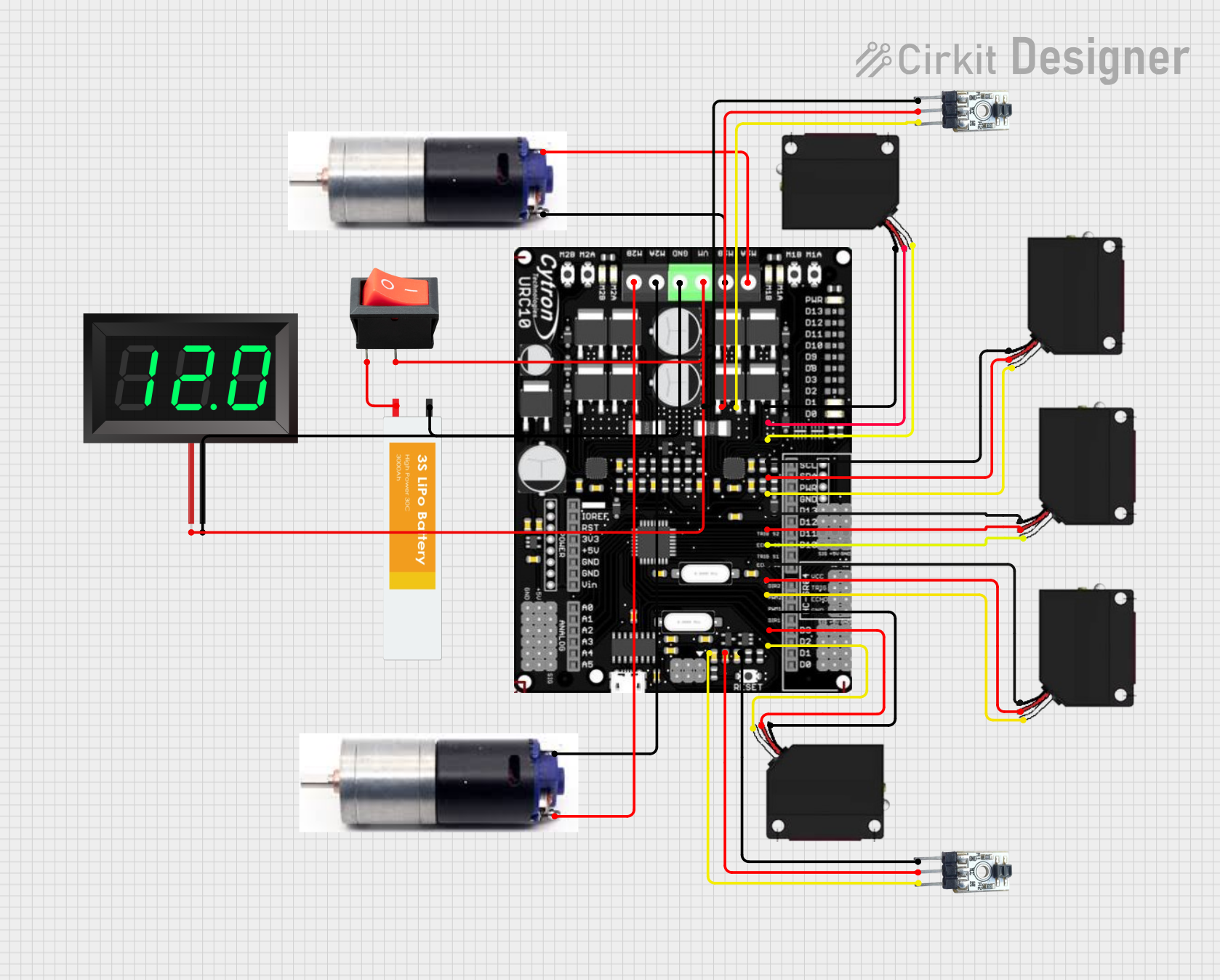
How to Use FS-10 Fuse: Examples, Pinouts, and Specs

 Design with FS-10 Fuse in Cirkit Designer
Design with FS-10 Fuse in Cirkit DesignerIntroduction
The FS-10 Fuse is a critical safety component designed to protect electrical circuits from damage due to excessive current flow. It operates by breaking the circuit when the current exceeds a predetermined threshold, preventing potential hazards such as electrical fires or equipment damage. This type of fuse is commonly used in a variety of applications, including consumer electronics, automotive systems, and industrial machinery, where reliable overcurrent protection is essential.
Explore Projects Built with FS-10 Fuse

 Open Project in Cirkit Designer
Open Project in Cirkit Designer
 Open Project in Cirkit Designer
Open Project in Cirkit Designer
 Open Project in Cirkit Designer
Open Project in Cirkit Designer
 Open Project in Cirkit Designer
Open Project in Cirkit DesignerExplore Projects Built with FS-10 Fuse

 Open Project in Cirkit Designer
Open Project in Cirkit Designer
 Open Project in Cirkit Designer
Open Project in Cirkit Designer
 Open Project in Cirkit Designer
Open Project in Cirkit Designer
 Open Project in Cirkit Designer
Open Project in Cirkit DesignerTechnical Specifications
Key Technical Details
- Rated Current (Ampere Rating): The maximum current the FS-10 Fuse can safely conduct without blowing.
- Rated Voltage: The maximum voltage the fuse can handle without breaking down.
- Breaking Capacity: The maximum fault current the fuse can interrupt without damage.
- Physical Size: Dimensions of the fuse, including length, diameter, or other relevant physical characteristics.
- Response Time: The time it takes for the fuse to respond and open the circuit under overcurrent conditions.
Pin Configuration and Descriptions
The FS-10 Fuse is a two-terminal device with no polarity. Below is a table describing the terminals:
| Terminal | Description |
|---|---|
| Terminal 1 | Connects to the power source or the load side of the circuit |
| Terminal 2 | Connects to the load or the ground side of the circuit |
Usage Instructions
How to Use the FS-10 Fuse in a Circuit
- Identify the Correct Fuse Rating: Ensure the FS-10 Fuse has the appropriate current rating for the circuit it will protect.
- Install the Fuse: Place the FS-10 Fuse in series with the circuit load. This means one terminal should be connected to the power source, and the other to the load.
- Secure Connections: Make sure all connections are secure and there is no risk of short circuits around the fuse.
- Power On: Once the fuse is properly installed, power on the circuit and verify that it operates as expected.
Important Considerations and Best Practices
- Correct Orientation: While the FS-10 Fuse does not have polarity, ensure it is installed in the correct orientation according to the fuse holder or clips.
- Fuse Holder: Use an appropriate fuse holder or clips that match the physical size of the FS-10 Fuse.
- Circuit Testing: Test the circuit without the load to ensure the fuse does not blow during normal operation.
- Replacement: If the FS-10 Fuse blows, identify and rectify the cause of the overcurrent before replacing the fuse.
Troubleshooting and FAQs
Common Issues
- Fuse Blows Immediately After Replacement: This usually indicates a persistent fault in the circuit, such as a short circuit or an overloaded component.
- Circuit Operates Without Fuse Blowing, But Devices Malfunction: This could be due to an incorrect fuse rating that is too high for the circuit.
Solutions and Tips for Troubleshooting
- Check Circuit Components: Inspect the circuit for damaged components or wiring that could cause short circuits.
- Verify Fuse Rating: Ensure the FS-10 Fuse rating matches the circuit requirements.
- Inspect Fuse Holder: A damaged or loose fuse holder can cause poor connections and intermittent issues.
FAQs
Q: Can I replace the FS-10 Fuse with a higher-rated fuse for better protection? A: No, using a higher-rated fuse can lead to inadequate protection and potential damage to the circuit.
Q: What should I do if the FS-10 Fuse blows frequently? A: Frequent blowing of the fuse indicates an underlying issue with the circuit. Investigate for overloads, short circuits, or faulty components.
Q: Is it safe to bypass the FS-10 Fuse temporarily? A: Bypassing a fuse is not recommended as it removes the safety protection and can lead to serious damage or fire hazards.
Note: This documentation is for informational purposes only. Always consult a professional electrician or engineer when working with electrical components.